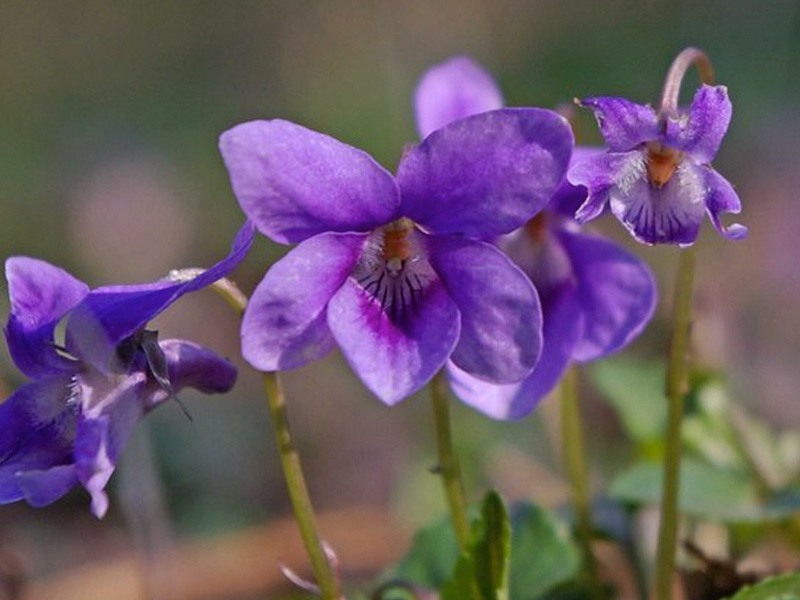Identifying Common Weeds in Ohio
No one likes weeds in their lawn, but with so many common weeds in Ohio, it’s hard to know exactly what you have and how to get rid of them. Our comprehensive lawn weed identification guide will help you determine which types of weed(s) in your lawn are taking over.
Once you’ve identified your weeds, contact Grass Master and let us take care of weed removal for you.
The Easiest Way to Kill Common Lawn Weeds
When you’ve found a pesky weed (or several), your first thought is probably, “How do I get rid of these annoying weeds without killing my grass?”
Luckily, there are several treatments available that can spot-target weeds, leaving your turf intact. Hand-pulling is a method that lets you kill weeds but not good grass, but you have to make sure to nab the intruders before their roots are too well established, and particularly before they’ve had a chance to spread seeds.
An even better option is preventing weeds from ever taking root. Pre-emergent herbicides kill weeds before they start, while a proper fertilization schedule helps healthy turf grow and thrive, blocking weed seeds from gaining a foothold.
Ohio Lawn Weed Identification Chart
There are several types of weeds common to northern Ohio lawns. The weed types below include flowering weeds as well as creeping weeds. Accurate lawn weed identification is the first step toward effective control, so we’ve provided lawn weed pictures that will help you identify the troublemakers that may appear in your yard.
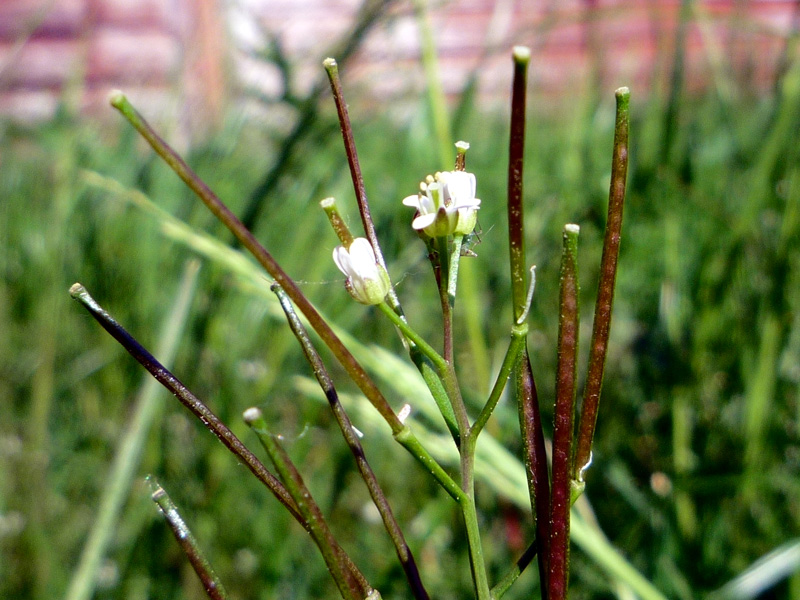
Bittercress
Bittercress is a common Ohio winter weed from the mustard family, identifiable by its light to medium green central stem and small white flowers. Some pre-emergents may harm your lawn, so prevention through proper spring mowing and fertilization is the best approach.
Black Medic
This annual summer weed can be best identified by its three clover-like leaflets and tiny, bright yellow flowers. Black medic can flower from May through September and thrives in Ohio lawns with poor soil, so take soil condition into account when caring for your lawn.
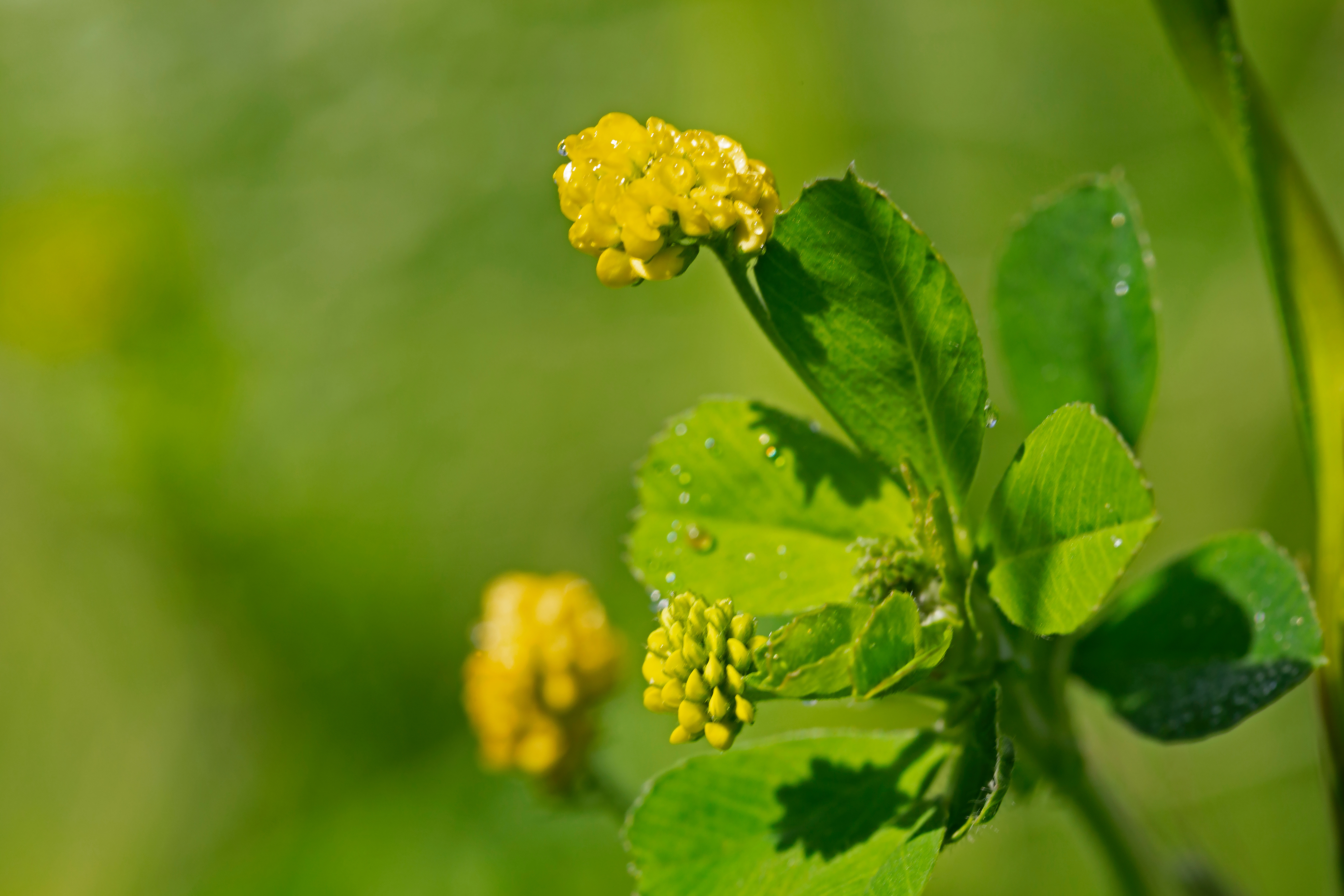

Buckhorn Plantain
This perennial weed can be most easily identified by its long slender leaves (approximately one inch across) and its slender spike at the tip. This weed can be found in both wet and dry Ohio soils during the summer and early fall.
Chickweed
This annual weed can be most easily identified by its tiny, pointed, oval un-toothed leaves and slender delicate stems with tiny white flowers. This weed can be found near areas of disturbed soil and damp, cool areas.
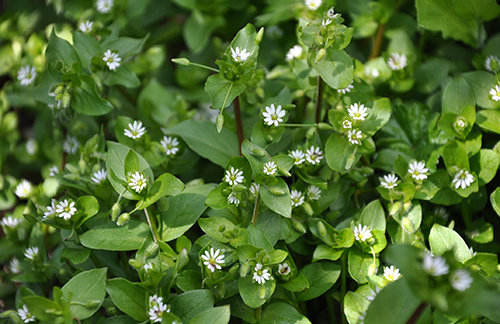

Crabgrass
Crabgrass sprawls low across the ground from one central root, featuring spreading stems with wide, flat leaf blades that lie on the ground with ascending tips. You’ll see crabgrass spread prolifically through Ohio lawns in late spring.
Dandelion Weed
Dandelions are common Ohio broadleaf weeds, recognized by their yellow blooms, hollow stalks, and white pappus that spreads seeds on the wind. They thrive in any soil and survive cold winters, making them hard to control.
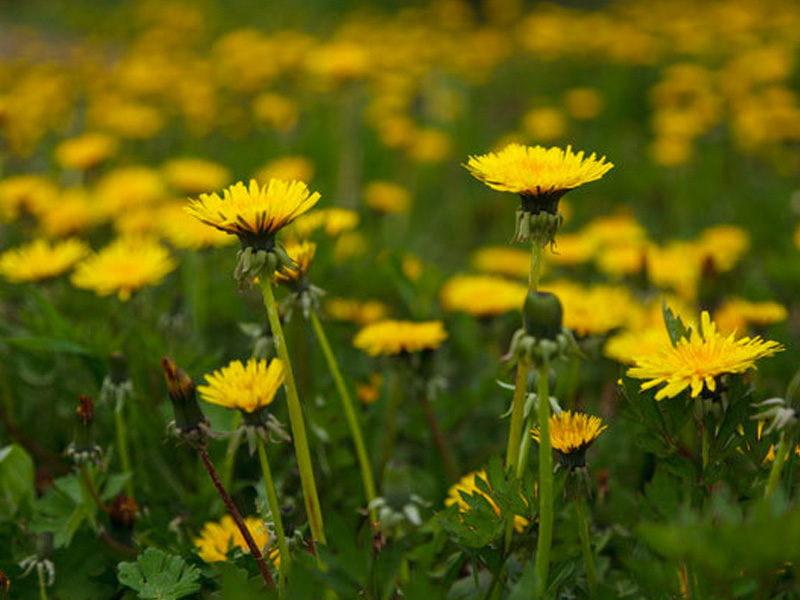
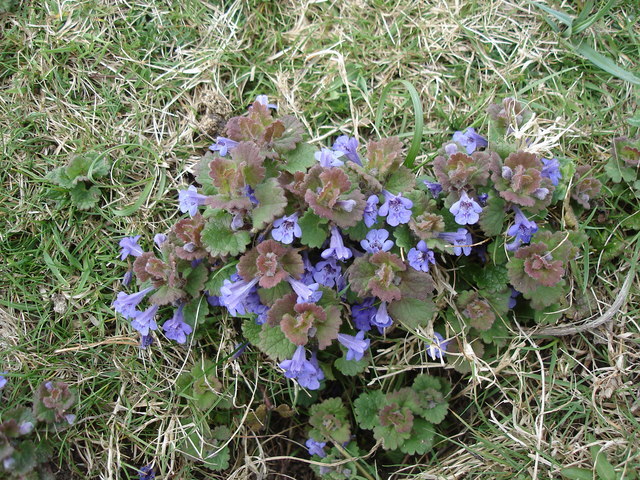
Ground Ivy
This perennial creeping weed grows in damp, fertile Ohio lawns and can be easily identified by its heavily veined appearance and round, scalloped-edged leaves. Low-growing and creeping, this weed is best controlled by herbicides.
Knotweed
The knotweed is an annual weed that can be most easily identified by its numerous slender wiry stems and blue-ish green, narrow oval-shaped leaves. Knotweed loves to grow in Ohio’s tough, compacted soil, which should be a reminder to aerate your lawn regularly.
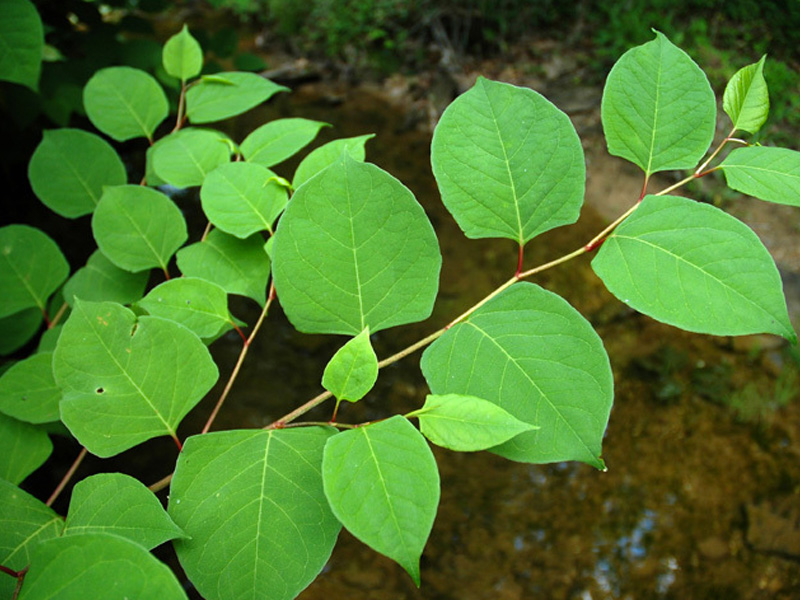
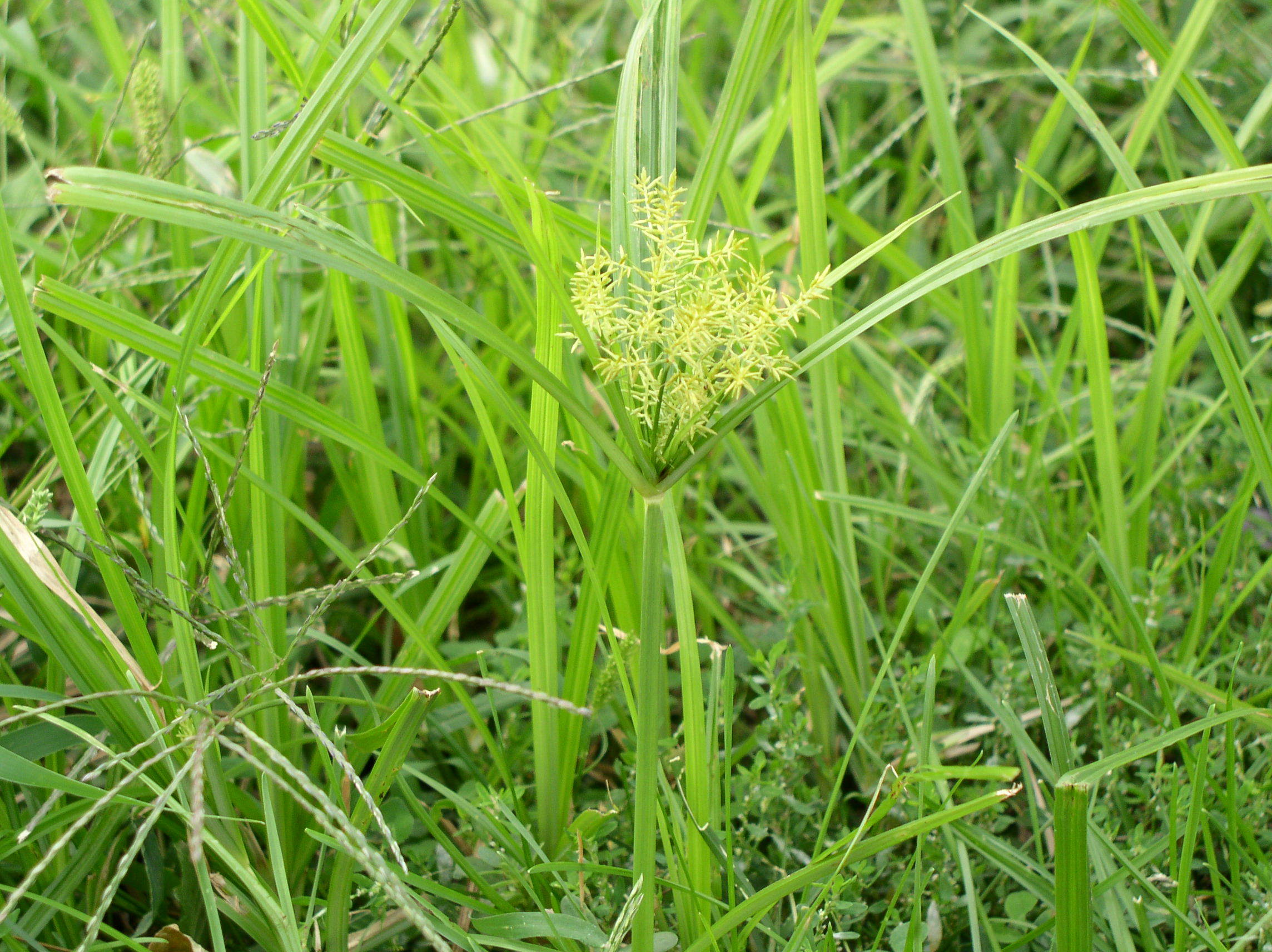
Nutsedge
This popular perennial sedge is commonly mistaken for grass in most Ohio lawns but can most easily be identified by its cross-sectioned root system that’s arranged in sets of three from the base and nut-shaped tuber at the bottom.
Oxails
Oxalis, or Yellow Woodsorrel, is a perennial weed found across Ohio. It’s identified by three heart-shaped leaflets and yellow flowers. It grows in various conditions and can be managed with herbicides, proper fertilization, and mowing.
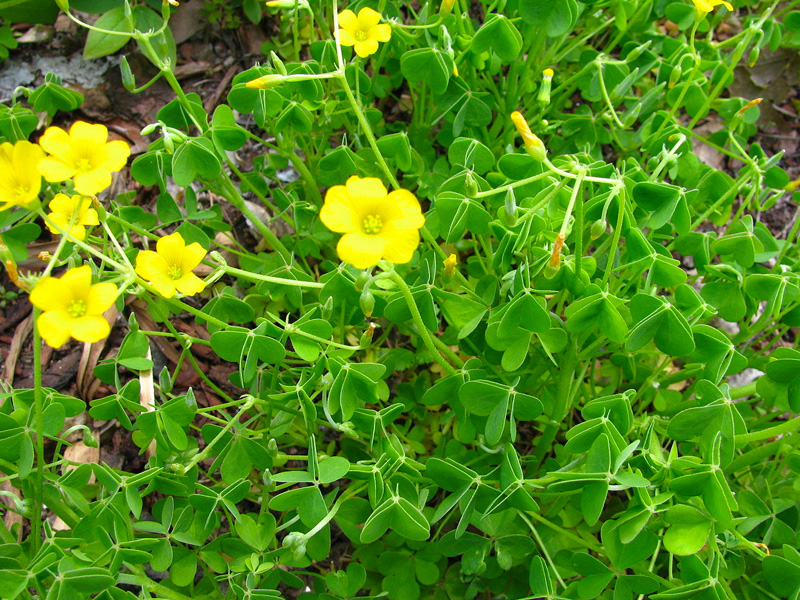
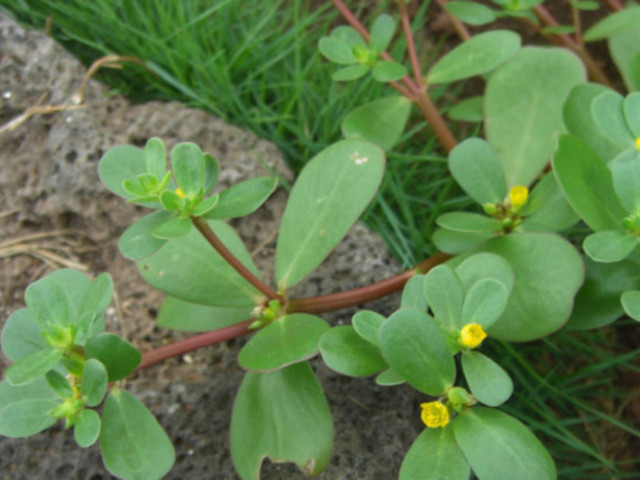
Purslane
This low-lying creeping annual weed, also called little hogweed, can be most easily identified by its thick, round reddish stems and paddle shaped leaves. This weed can be found throughout Northeast Ohio due to its resilience.
Speedwell
If you’ve found a purple flowering weed in your lawn, it could be Speedwell. This annual weed can be found in areas of Ohio with moist soil and plenty of shade. The weed is easily identified by light blue-purple flowers and small, bright green round leaves with scalloped edges.
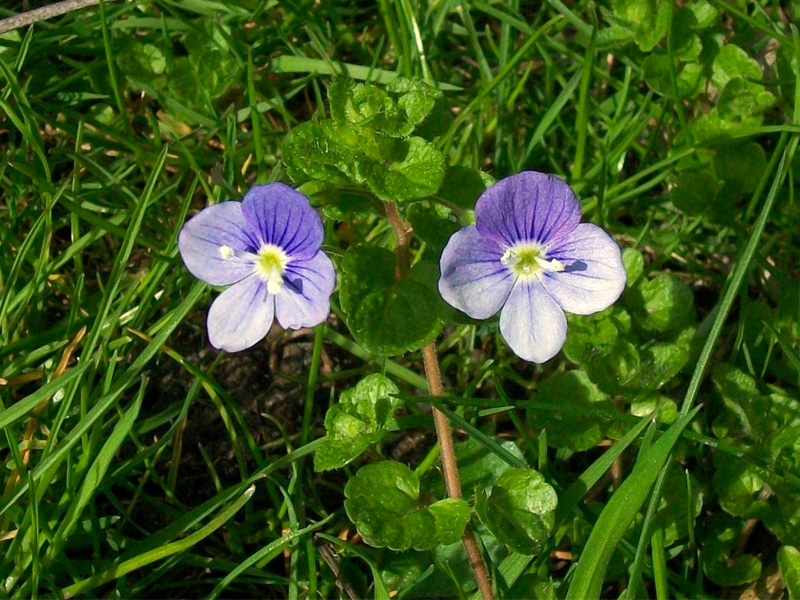
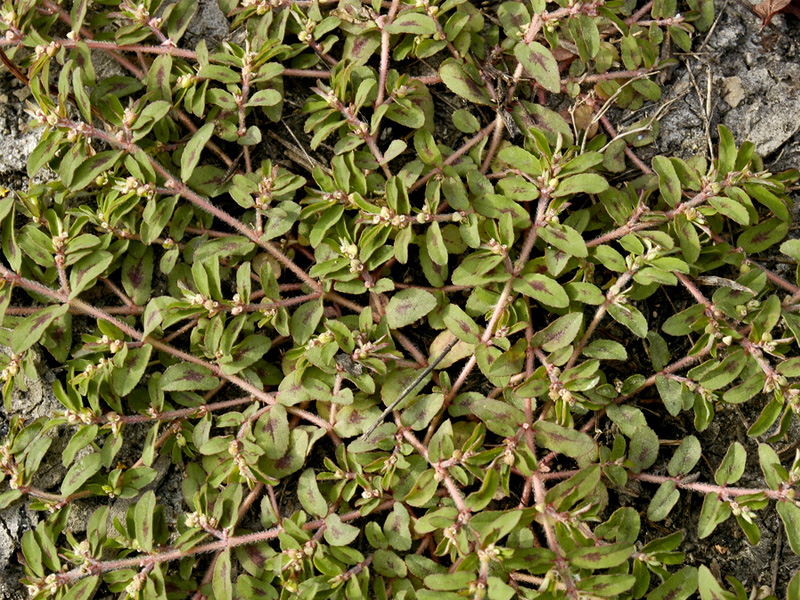
Spurge
This annual Ohio weed can easily be identified by its flat, mat-like growth and purplish splotched leaves. It’s best to take care of spurge while the plant is still young. Typically, you will find the weed beginning to grow in early spring.
Thistle
Thistle is a perennial weed that grows very aggressively in the hotter Ohio months and can be most easily identified by its long leaves with sharp spines. Proper mowing, along with both pre-emergent and post-emergent treatments, can be very effective against thistle.
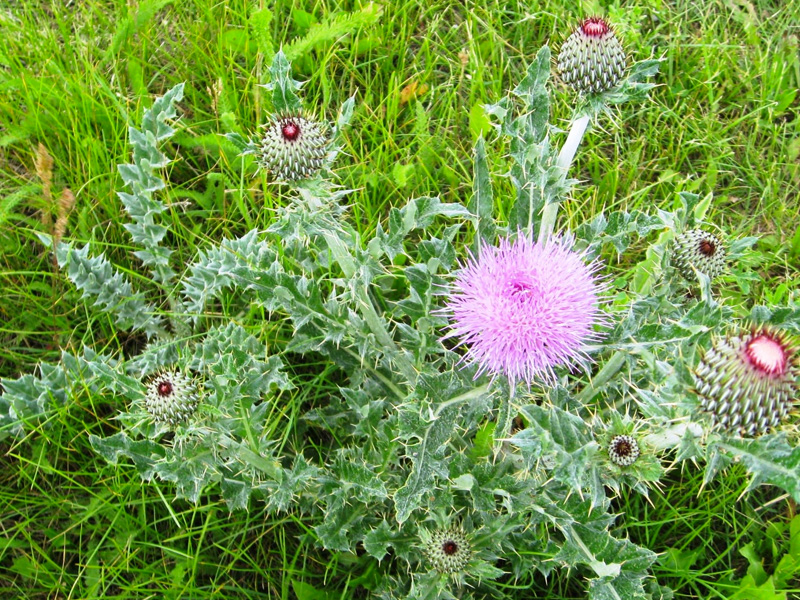
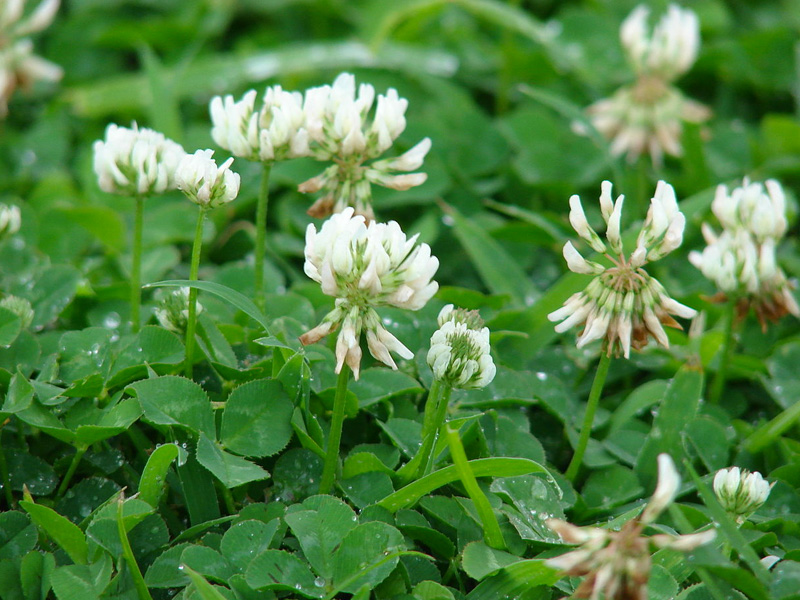
White Clover
The white clover weed can be most easily identified by its three trifoliate egg-shaped leaf stems and white flowering nodes. A quite adaptive Ohio weed, you may find white clover especially in weak parts of your lawn.
Wild Violet Weeds
Wild violets are perennial weeds that bloom in early spring in Ohio, with small purple to white flowers and heart-shaped, serrated leaves. They grow in clumps in shady, damp areas and are tough to control due to underground rhizomes.
